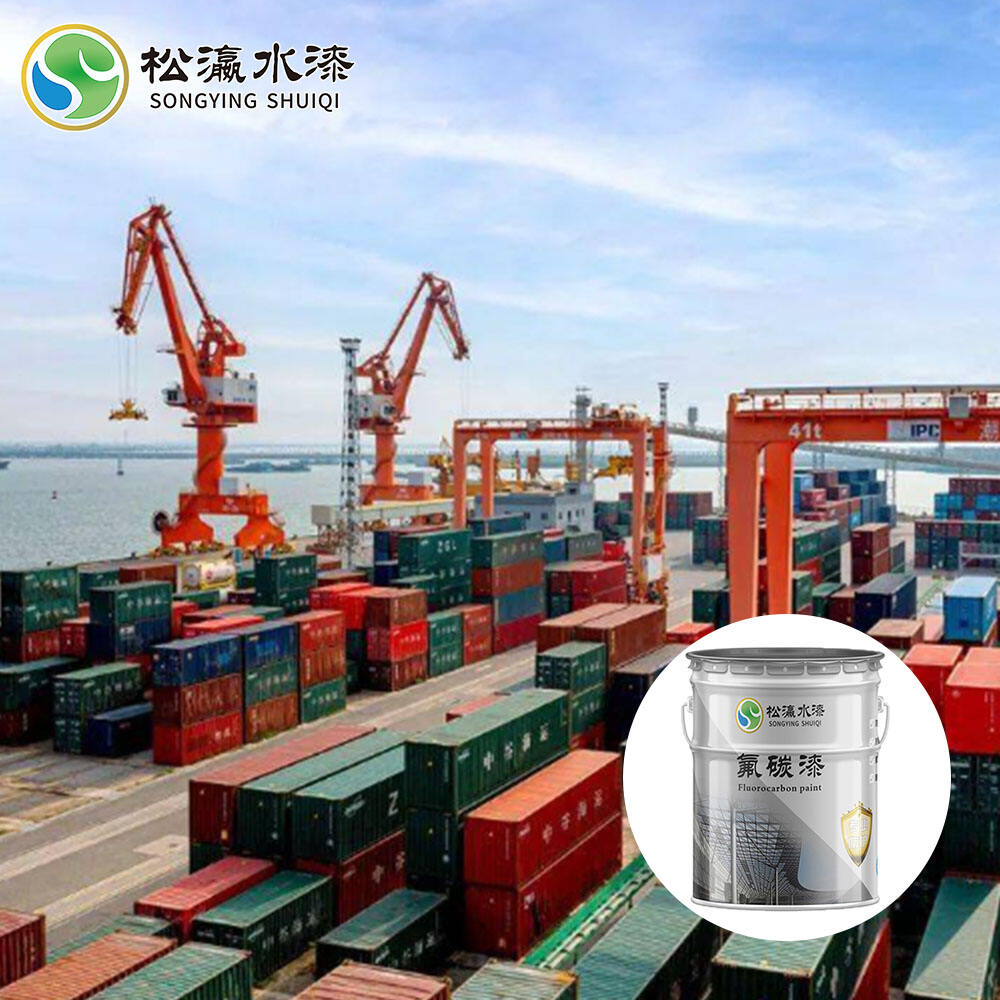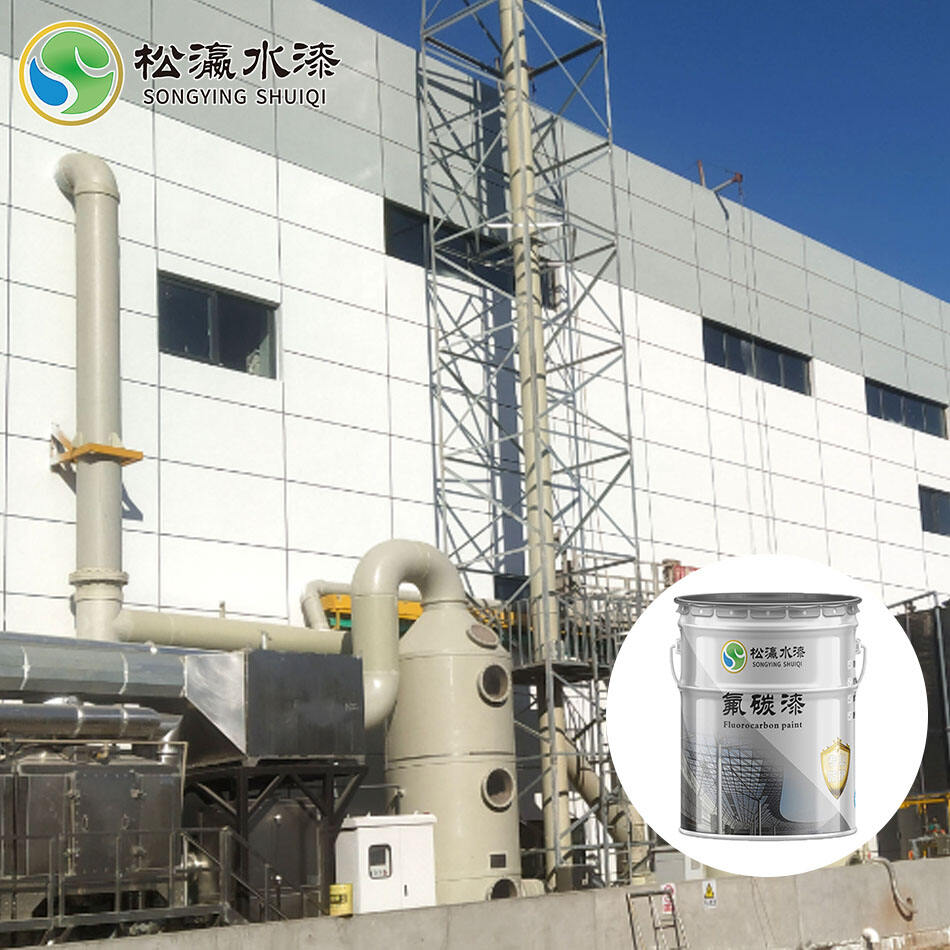Reducing urban VOC
In order to maintain long-term safety and beauty, and reduce the cost of cleaning and maintenance, in the field of construction, especially high-end buildings,
most designers specify the use of fluorocarbon paint on the exterior walls and steel structure surfaces when designing. Successful cases include: Shanghai Airport, Hongkou Stadium, Shanghai Science and Technology City, Pudong International Airport, which use Shanghai Hengfeng FUVIT-ST system, which are still colorful and shining. But they are all oil-based fluorocarbon paints instead of environmentally friendly water-based fluorocarbon paints.

According to published data, the national haze pollution situation is severe and ozone pollution is not optimistic. Although the country has made great efforts to control PM2.5, only 24.9% of cities met the standards in 2016, and 254 cities exceeded the standards. 338 cities experienced heavy pollution for 2,464 days. The country has formulated an action plan for air pollution prevention and control. Among them, Beijing's PM2.5 in 2017 must reach 60ug/m3; by 2020, the air quality rate must be 80%, and PM2.5 will drop by 18% compared with 2015; the number of days with heavy pollution will drop by 25%.
With the continuous development of the national economy, the country has put forward higher requirements for environmental quality. The overall requirements put forward by the national "13th Five-Year Plan" VOC pollution prevention and control work plan show that VOC pollution prevention and control should focus on improving ambient air quality, focus on key areas and key industries, focus on reducing VOC substances with strong reaction activity, promote the coordinated reduction of VOC and NOx emissions, strengthen the control of new pollutant emissions, and implement the management of fixed pollution source emission permits. During the "13th Five-Year Plan" period, key industries such as chemical industry, packaging and printing, and industrial coatings across the country implemented the "key projects, staggered production" strategy to control key pollutants. According to the VOC pollution prevention and control requirements of industrial coating/printing, the chemical industry such as coatings, inks, adhesives, dyes, and chemical additives should increase VOC governance efforts, and the pharmaceutical, pesticide, coking, coatings, inks, adhesives, dyes and other industries should gradually carry out LDAR work. It is required that by the end of 2019, 2,000 coating manufacturers, 340 ink manufacturers, and 1,500 adhesive manufacturers will have completed VOC treatment; by the end of 2020, 300 dye production VOC treatment will be completed.

In addition, Guangdong Province requires increased emission reduction of VOC key active components such as highly active aromatic hydrocarbons, olefins, alkynes, aldehydes, and ketones, and the coating industry should focus on promoting green products such as water-based coatings, powder coatings, high-solid coatings, and radiation-cured coatings; Jiangsu Province requires that by the end of 2017, low-VOC water-based coatings and adhesives should be fully used in industries such as containers, transportation vehicles, machinery and equipment, wood-based panels, furniture, and shipbuilding; Zhejiang Province requires that by 2020, the total VOC emissions in the province will be reduced by more than 20% compared with 2015, and VOC emissions of key projects will be reduced by more than 255,000 tons; Shanghai requires that by 2020, the production points of solvent-based coatings and inks should be halved compared with the total amount in 2015.
As the country pays more and more attention to reducing urban VOC emissions, we seem to see that the large-scale use of water-based paint is imperative. Please believe that the spring of water-based fluorocarbon paint is not far away!

 EN
EN






































